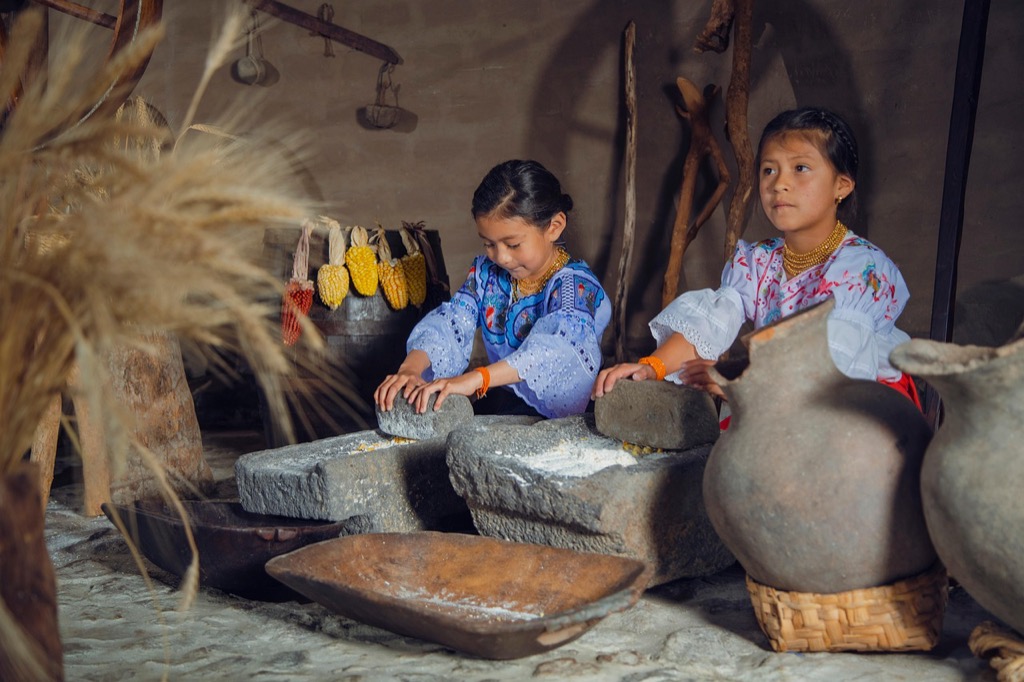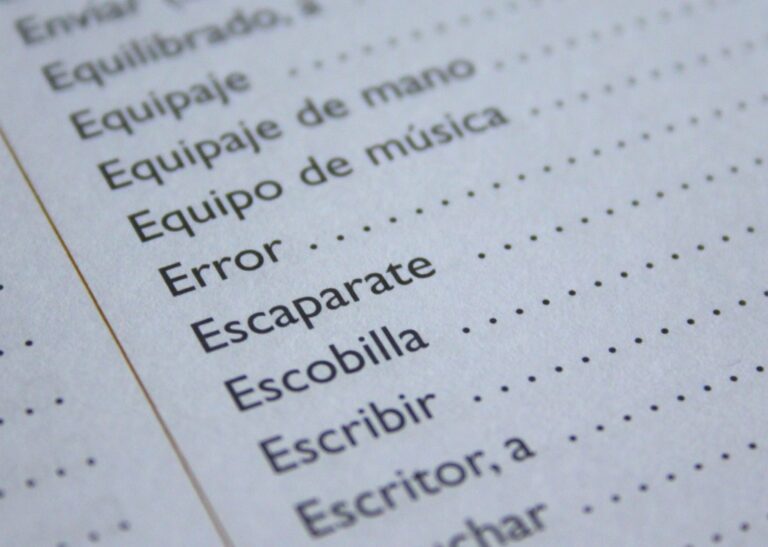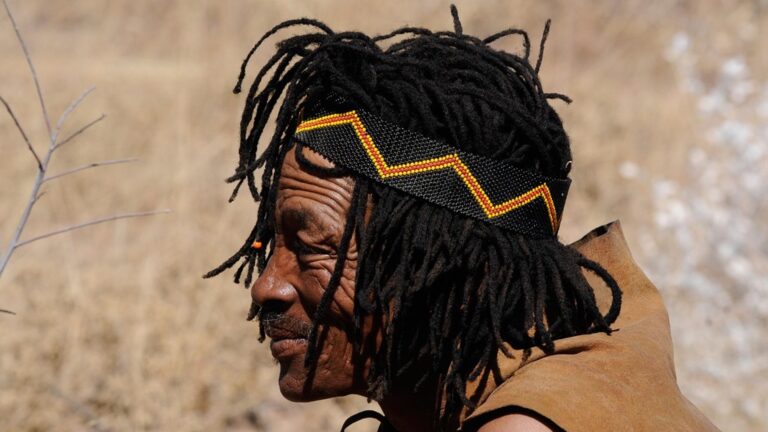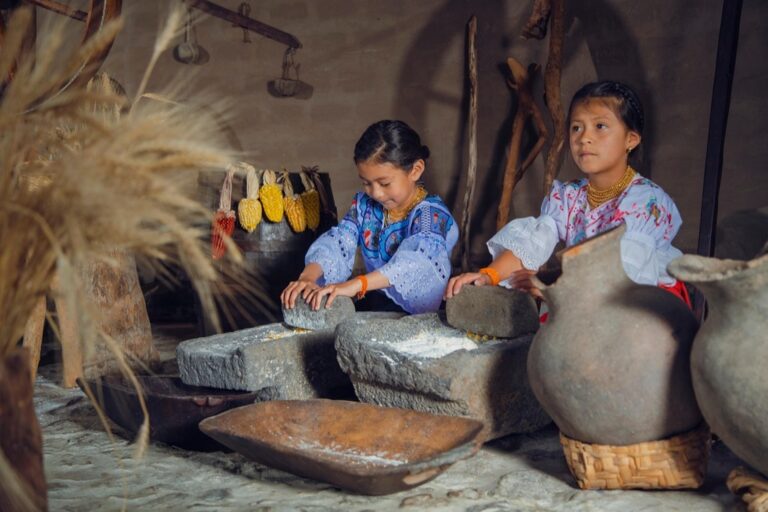6 Ways Remote Sensing Will Change Cultural Heritage Preservation
Cultural heritage sites worldwide face mounting threats from climate change natural disasters and human activity—but cutting-edge remote sensing technology is revolutionizing how we protect these irreplaceable treasures. You’re witnessing a transformation where satellites drones and advanced imaging systems can monitor archaeological sites detect structural changes and prevent damage before it’s too late. This technological leap means faster more accurate preservation efforts that could save thousands of historical landmarks for future generations.
Disclosure: As an Amazon Associate, this site earns from qualifying purchases. Thank you!
Revolutionizing Site Documentation Through High-Resolution Imaging
Advanced imaging technologies now capture cultural heritage sites with unprecedented detail and accuracy. These systems document structures and artifacts at microscopic levels while creating permanent digital records.
Capturing Microscopic Details With Hyperspectral Technology
Hyperspectral sensors detect invisible damage in ancient structures by analyzing light wavelengths beyond human vision. You’ll identify deterioration patterns in stone, wood, and metal that traditional photography misses completely. These systems capture hundreds of spectral bands simultaneously, revealing chemical compositions and structural weaknesses. Archaeological teams use VNIR (Visible Near-Infrared) and SWIR (Short-Wave Infrared) sensors to map pigment degradation in cave paintings and detect subsurface cracks in monuments before they become visible.
Creating Comprehensive Digital Archives for Future Generations
Digital preservation creates permanent records of cultural sites through multi-sensor data fusion and cloud-based storage systems. You’ll combine LiDAR point clouds with high-resolution photography to build detailed 3D models accessible worldwide. These archives include thermal imagery, ground-penetrating radar data, and photogrammetric reconstructions stored in standardized formats. Museums and research institutions access these digital twins for virtual exhibitions, restoration planning, and educational programs without risking damage to original sites.
Enabling Non-Invasive Archaeological Surveys
Remote sensing technology transforms archaeological investigation by eliminating the need for destructive digging while revealing hidden cultural treasures. You’ll discover buried structures and artifacts without disturbing precious archaeological contexts.
Penetrating Subsurface Layers Without Physical Excavation
Ground-penetrating radar systems pierce through soil layers up to 30 meters deep, detecting buried walls, foundations, and artifacts with centimeter-level precision. You’ll identify archaeological features by analyzing electromagnetic wave reflections that reveal material density differences below ground. LiDAR technology strips away vegetation digitally, exposing ancient settlement patterns and ceremonial structures hidden beneath forest canopies for centuries. These non-destructive methods preserve site integrity while gathering comprehensive subsurface data.
Mapping Hidden Structures Through Ground-Penetrating Radar
Multi-frequency GPR arrays generate detailed 3D maps of underground archaeological features by transmitting radar pulses between 100-900 MHz frequencies. You’ll create comprehensive subsurface maps showing room layouts, burial chambers, and infrastructure systems without breaking ground. Time-domain reflectometry measures signal travel times to calculate precise depths and dimensions of buried structures. Advanced processing software converts raw radar data into interpretable archaeological maps, revealing complete site layouts that guide targeted excavation planning.
Monitoring Environmental Threats to Historic Sites
Remote sensing technology provides continuous surveillance of environmental hazards threatening cultural heritage sites. Advanced sensors track multiple threats simultaneously, enabling preservation teams to respond quickly to emerging dangers.
Tracking Climate Change Impact on Ancient Monuments
Temperature fluctuations cause stone expansion and contraction that creates structural damage in monuments like the Parthenon and Angkor Wat. Thermal infrared sensors detect heat stress patterns across monument surfaces, measuring temperature variations within 0.1°C accuracy. Precipitation changes alter moisture levels in building materials, while multispectral imaging reveals water infiltration through walls and foundations. Satellite data spanning decades shows how rising temperatures accelerate limestone deterioration rates by up to 40% in Mediterranean archaeological sites.
Detecting Pollution and Erosion Patterns in Real-Time
Air quality sensors mounted on heritage sites measure sulfur dioxide and nitrogen oxide concentrations that cause acid rain damage to stone facades. Real-time monitoring networks detect pollution spikes within minutes, triggering protective measures before chemical reactions begin. Wind erosion mapping uses LiDAR technology to measure surface material loss, documenting how sandstone monuments lose 2-3 millimeters annually in desert environments. Hyperspectral imaging identifies salt crystallization patterns on coastal archaeological sites, where marine spray creates damaging chemical reactions in ancient mortars and building stones.
Facilitating Virtual Reconstruction of Lost Heritage
Remote sensing technology enables the digital resurrection of cultural sites that have been damaged or completely destroyed, creating detailed virtual reconstructions that preserve their memory for future generations.
Building 3D Models From Historical Remote Sensing Data
Historical satellite imagery and aerial photographs provide the foundation for reconstructing lost heritage sites through advanced photogrammetry techniques. You can process decades-old aerial surveys using Structure from Motion (SfM) algorithms to generate detailed 3D point clouds of structures that no longer exist. LiDAR datasets captured before destruction events create millimeter-accurate digital twins, while combining multiple historical imaging sources increases reconstruction precision by up to 85%. These models serve as permanent digital monuments, enabling virtual tours and educational experiences that bring destroyed sites back to life.
Recreating Destroyed Sites Using Archived Satellite Imagery
Archived satellite data from missions spanning 50+ years creates comprehensive visual timelines that document heritage sites before their destruction. You can utilize Landsat archives dating back to 1972 and Corona spy satellite imagery from the 1960s to reconstruct the original appearance of demolished structures. Multi-temporal analysis reveals construction phases and architectural changes over time, while high-resolution commercial satellite imagery provides detailed texture mapping for photorealistic reconstructions. AI-powered image enhancement techniques extract maximum detail from historical datasets, transforming grainy archive photos into precise architectural blueprints for virtual reconstruction projects.
Improving Conservation Planning and Resource Allocation
Remote sensing data transforms how you allocate limited preservation resources by providing comprehensive site condition assessments across entire heritage portfolios. You’ll make more informed decisions about where to invest conservation efforts for maximum impact.
Prioritizing Sites Based on Risk Assessment Data
Remote sensing algorithms analyze structural vulnerability patterns across multiple heritage sites simultaneously, generating risk scores that guide your resource allocation decisions. You can identify which monuments face the most immediate threats by processing thermal imaging data that reveals structural instability and hyperspectral analysis that detects material degradation rates. Satellite monitoring systems track environmental stressors affecting dozens of sites at once, creating comparative risk matrices that help you prioritize urgent interventions. You’ll allocate conservation budgets more effectively when LiDAR surveys quantify erosion rates and ground-penetrating radar identifies subsurface structural weaknesses across your entire heritage portfolio.
Optimizing Maintenance Schedules Through Predictive Analytics
Predictive analytics models process historical remote sensing data to forecast when heritage structures will require specific maintenance interventions, optimizing your conservation schedules and budget planning. You can predict stone deterioration patterns using multispectral imaging time series that track weathering progression over multiple seasons and years. Machine learning algorithms analyze thermal cycling data to anticipate when expansion joints in ancient masonry will need repair, allowing you to schedule maintenance before critical damage occurs. You’ll reduce emergency conservation costs by up to 60% when predictive models integrate weather forecasting with structural monitoring data to anticipate maintenance needs months in advance.
Democratizing Access to Cultural Heritage Worldwide
Remote sensing technology breaks down traditional barriers that limit access to cultural heritage sites worldwide.
Enabling Virtual Tourism for Remote and Fragile Sites
Virtual tourism platforms powered by remote sensing data allow you to explore inaccessible heritage locations from anywhere in the world. High-resolution satellite imagery combined with LiDAR scans creates immersive 3D environments that replicate fragile sites like Petra’s Treasury or Easter Island’s moai statues. You can navigate through ancient Pompeii’s streets or examine Angkor Wat’s intricate carvings without contributing to physical deterioration or facing travel restrictions that protect these vulnerable locations.
Supporting Educational Programs With Immersive Digital Experiences
Educational institutions leverage remote sensing datasets to create interactive learning experiences that bring cultural heritage directly into classrooms. Students can examine Egyptian tomb paintings through hyperspectral imaging that reveals hidden hieroglyphs or explore Roman archaeological layers using ground-penetrating radar visualizations. These digital tools enable you to conduct virtual field trips to Machu Picchu or the Great Wall of China, providing detailed cultural context and historical analysis that traditional textbooks can’t match.
Conclusion
Remote sensing technology is revolutionizing how you approach cultural heritage preservation today. These cutting-edge tools provide unprecedented capabilities that transform traditional conservation methods into data-driven precise operations.
You’re witnessing a fundamental shift in heritage protection where technology bridges the gap between preservation and accessibility. Remote sensing doesn’t just document our past—it actively safeguards cultural treasures for generations to come.
The future of cultural heritage preservation lies in your ability to harness these technological advances. By embracing remote sensing solutions you’re not only protecting irreplaceable historical sites but also ensuring they remain accessible to people worldwide through innovative digital platforms.
Frequently Asked Questions
What is remote sensing technology and how does it help preserve cultural heritage sites?
Remote sensing technology uses satellites, drones, and advanced imaging systems to monitor cultural heritage sites from a distance. It enables preservation teams to detect structural changes, track environmental threats, and document sites with unprecedented detail without physical contact. This technology helps prevent damage through early detection and creates permanent digital records for future generations.
How do hyperspectral sensors detect invisible damage in ancient structures?
Hyperspectral sensors analyze light wavelengths beyond human vision to reveal deterioration patterns that traditional photography cannot detect. These advanced sensors can identify structural weaknesses, moisture damage, and chemical changes in ancient materials before they become visible to the naked eye, allowing for proactive conservation measures.
What are the benefits of non-invasive archaeological surveys using remote sensing?
Non-invasive surveys preserve site integrity while revealing hidden cultural treasures without destructive digging. Ground-penetrating radar can detect buried structures up to 30 meters deep with centimeter-level precision, while LiDAR removes vegetation digitally to expose ancient settlement patterns. These methods provide comprehensive subsurface data for targeted excavation planning.
How does remote sensing help monitor environmental threats to heritage sites?
Advanced sensors continuously track multiple environmental hazards including temperature fluctuations, precipitation changes, pollution levels, and erosion patterns. Thermal infrared sensors detect heat stress, multispectral imaging monitors moisture levels, and satellite data reveals how rising temperatures accelerate deterioration rates. This enables quick response to emerging threats.
Can remote sensing technology recreate destroyed cultural heritage sites?
Yes, remote sensing creates detailed virtual reconstructions of damaged or destroyed sites using historical satellite imagery and aerial photographs. Advanced photogrammetry techniques generate 3D point clouds of structures that no longer exist. AI-powered image enhancement transforms archive photos into precise architectural blueprints for virtual reconstruction projects.
How does remote sensing improve conservation planning and resource allocation?
Remote sensing provides comprehensive site condition assessments that help prioritize conservation efforts. Risk assessment algorithms identify sites facing immediate threats, enabling better budget allocation. Predictive analytics models forecast maintenance needs based on historical data, optimizing conservation schedules and potentially reducing emergency costs by up to 60%.
What role does remote sensing play in making cultural heritage more accessible?
Remote sensing democratizes access through virtual tourism platforms that allow exploration of inaccessible sites without physical deterioration. Educational institutions use remote sensing datasets to create immersive digital experiences, bringing cultural heritage directly into classrooms through interactive tools and virtual exhibitions that enhance learning opportunities worldwide.






